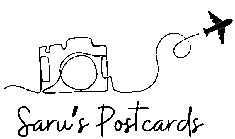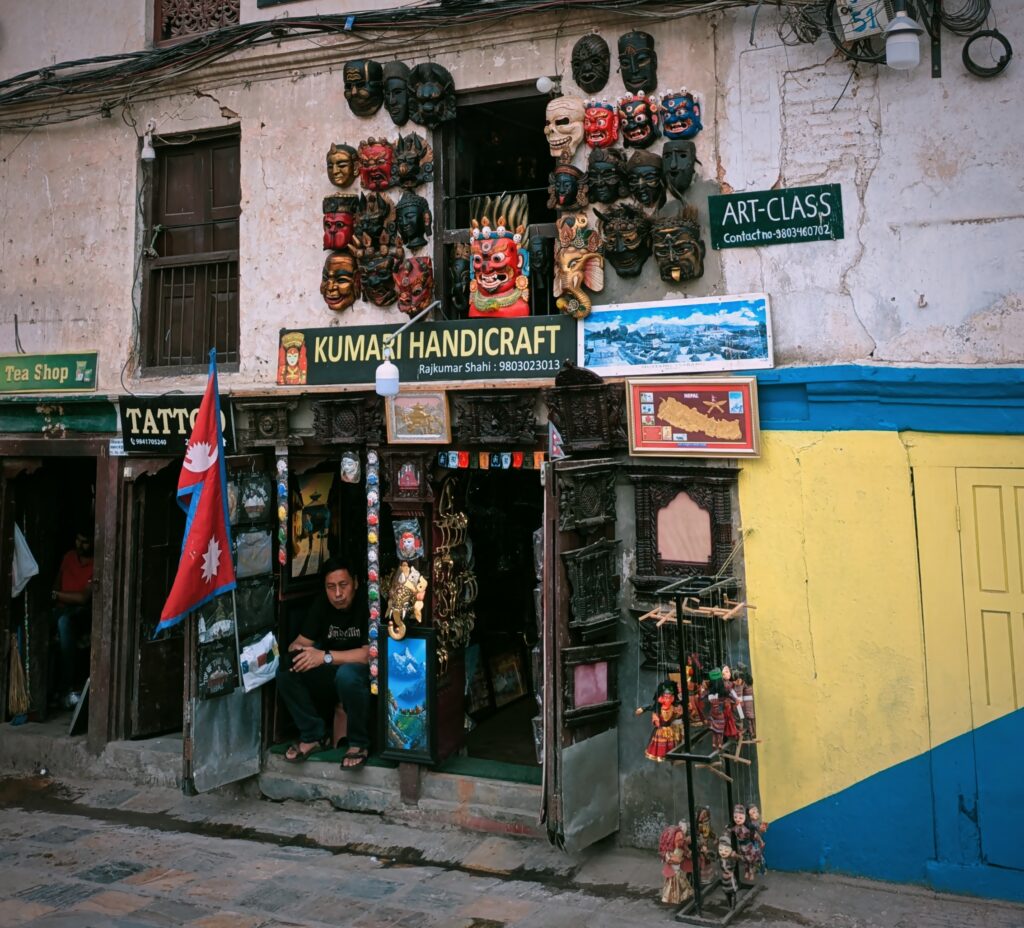If you’re wondering what souvenirs to buy in Nepal, you’re in for a treat. From the bustling streets of Thamel in Kathmandu to the artisan shops of Patan and Bhaktapur, Nepal offers a rich variety of handcrafted and cultural items that make perfect keepsakes or gifts.
Whether you’re trekking the Himalayas, exploring ancient temples, or wandering vibrant city streets, having a meaningful memento to remember your trip is a must. This guide covers the top 15 Nepalese souvenirs you shouldn’t leave without, along with insider tips, cultural background, and shopping suggestions.
1. Pashmina Shawls and Scarves
This is one of my personal favorites to bring back to France for my friends and family. I have a few of them also for myself. Made from the soft wool of Himalayan mountain goats, authentic Nepalese pashmina is luxurious, lightweight, and incredibly warm. True pashmina has a delicate, almost silky texture, and the weave is so fine that it can be drawn through a ring.
Cultural context: Traditionally used in Nepal, Tibet, and northern India, pashmina has been a symbol of elegance and craftsmanship for centuries.
Buying tips: Purchase from trusted stores or artisan cooperatives to avoid synthetic imitations. Prices vary depending on quality, but authentic pashmina lasts decades if cared for properly.

2. Singing Bowls
Handmade metal bowls used for meditation, sound therapy, and spiritual practices. When struck or circled with a mallet, they produce soothing vibrations and tones that are deeply calming.
Cultural background: Singing bowls are closely tied to Tibetan Buddhism, widely practiced in Nepal. They’re used in homes, temples, and meditation centers to create serene atmospheres.
Tip: Test the sound quality before buying; a well-made bowl produces a long, resonant tone rather than a short “clang.”
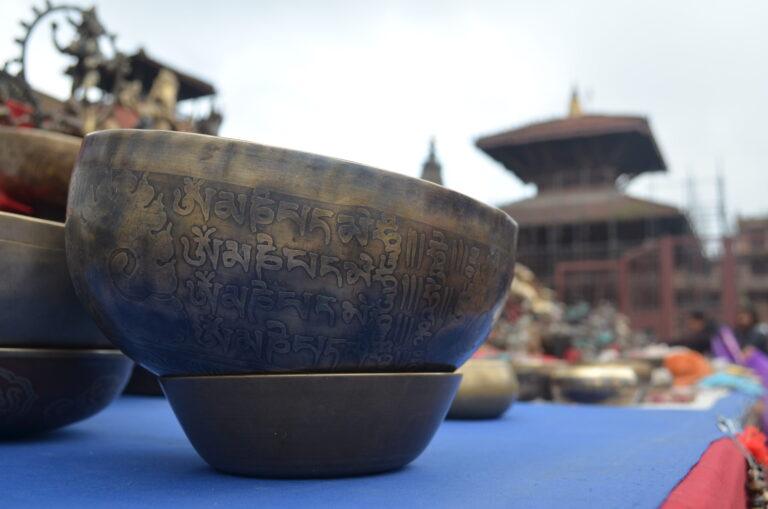
3. Thangka Paintings
These intricate scroll paintings depict Buddhist deities, mandalas, or religious scenes and are traditional artworks that reflect Nepal’s spiritual heritage.
Where to buy: Patan is famous for authentic Thangka art, with generations of artists perfecting the craft.
Tip: Sizes vary, from small pieces suitable for souvenirs to large, elaborate works ideal for wall décor. Buying from local workshops supports the artists directly.


4. Handicrafts and Wood Carvings
Nepal’s artistry shines in hand-carved statues, frames, and furniture. Many pieces feature motifs inspired by temples, animals, and religious symbols.
Cultural significance: Wood carving is a centuries-old tradition in the Kathmandu Valley, often used to decorate temples, palaces, and homes.
Tip: Check the finish and quality; intricately carved items are usually made of Himalayan teak or pine and last generations.
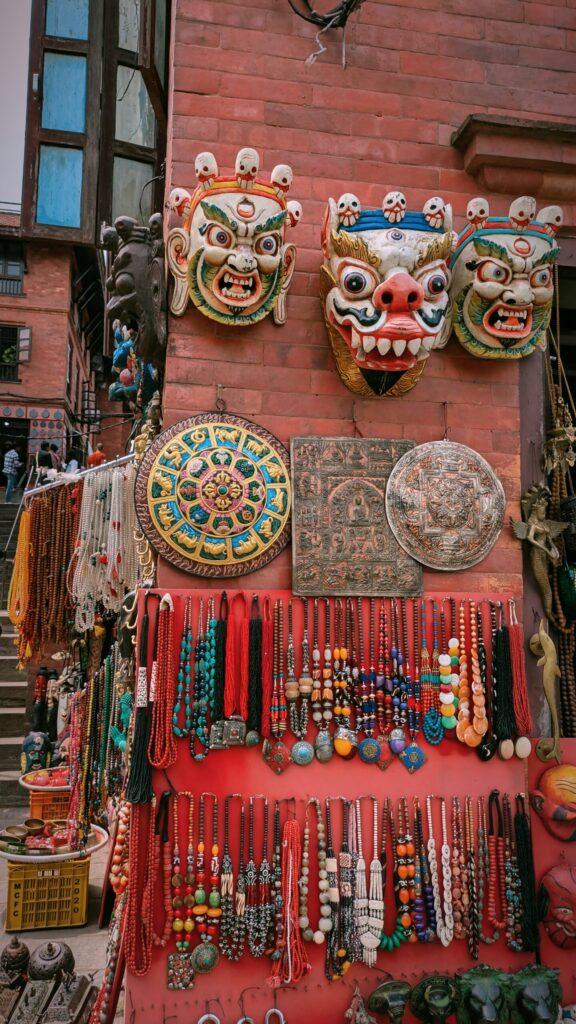
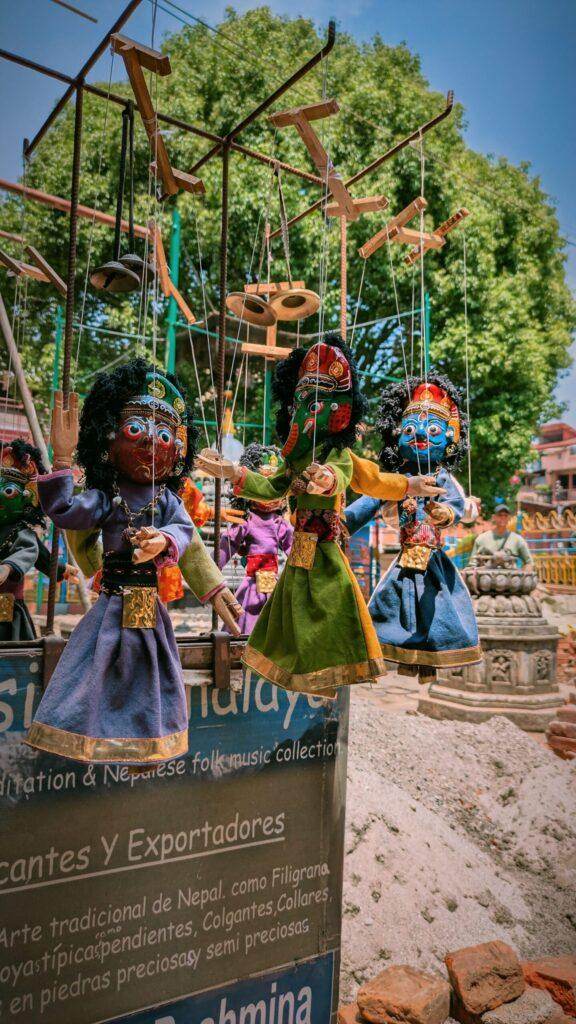
5. Prayer Flags and Wheels
Brightly colored prayer flags and spinning prayer wheels carry spiritual blessings. Flags fluttering in the Himalayan wind are believed to spread goodwill and compassion.
Where to use: Perfect for home décor, meditation spaces, or gifting to spiritually inclined friends.
Tip: Local markets in Thamel and near temples have a wide variety, including hand-painted and hand-sewn options.
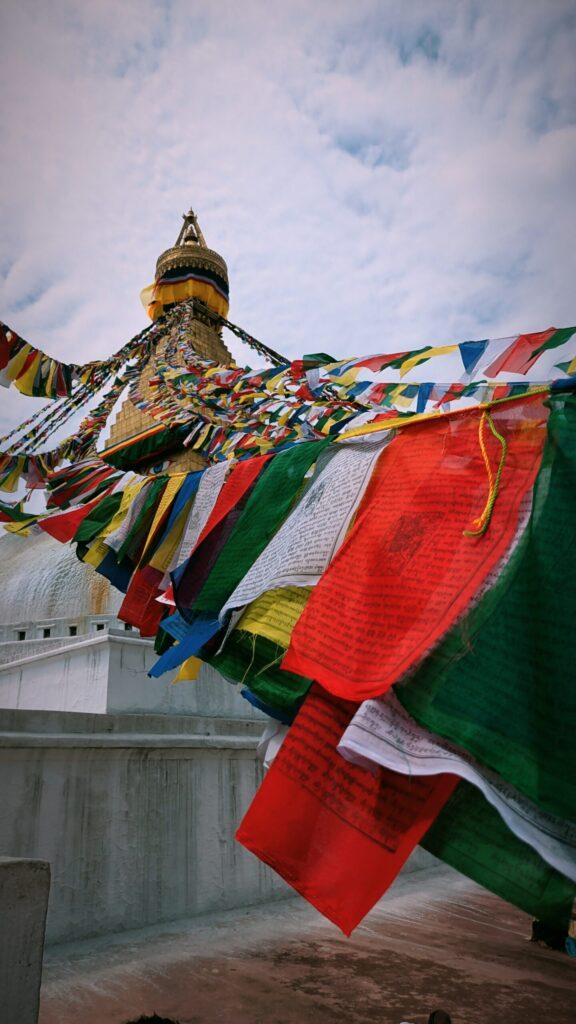
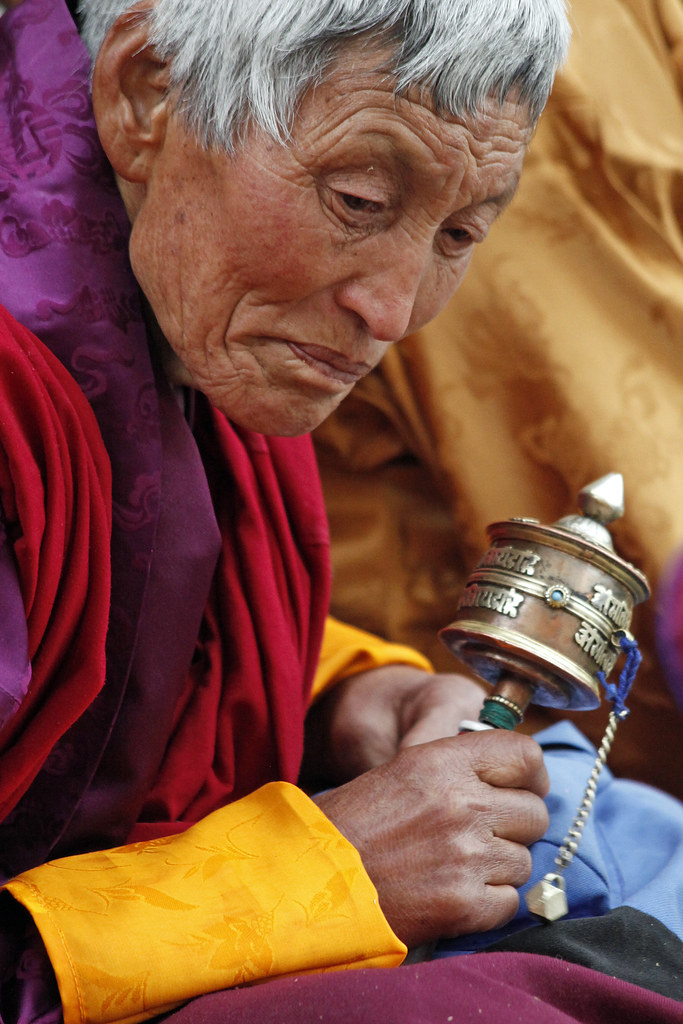
6. Khukuri Knives
Iconic curved knives traditionally used by Gurkha soldiers, symbolizing bravery and tradition.
Practical souvenir: Small decorative versions are ideal for collectors, while full-sized khukuris are sharpened for ceremonial use.
Tip: Buy from shops that certify Gurkha craftsmanship to ensure authenticity.

7. Handmade Jewelry
Nepalese jewelry features turquoise, coral, lapis lazuli, and silver, often blending Tibetan and local designs.
Cultural note: Jewelry often carries spiritual meaning, with certain stones believed to bring protection, luck, or healing.
Tip: Bargain respectfully, and check for genuine gemstones. Kathmandu’s Thamel and Patan markets are popular for unique pieces.

8. Nepalese Tea
Nepal produces some of the world’s finest teas, including Ilam tea and aromatic masala chai blends.
Taste experience: Smooth, full-bodied teas with subtle floral or malty notes. Perfect as gifts or for your own home.
Tip: Look for loose-leaf options, which are fresher and higher quality than pre-packed tea bags.
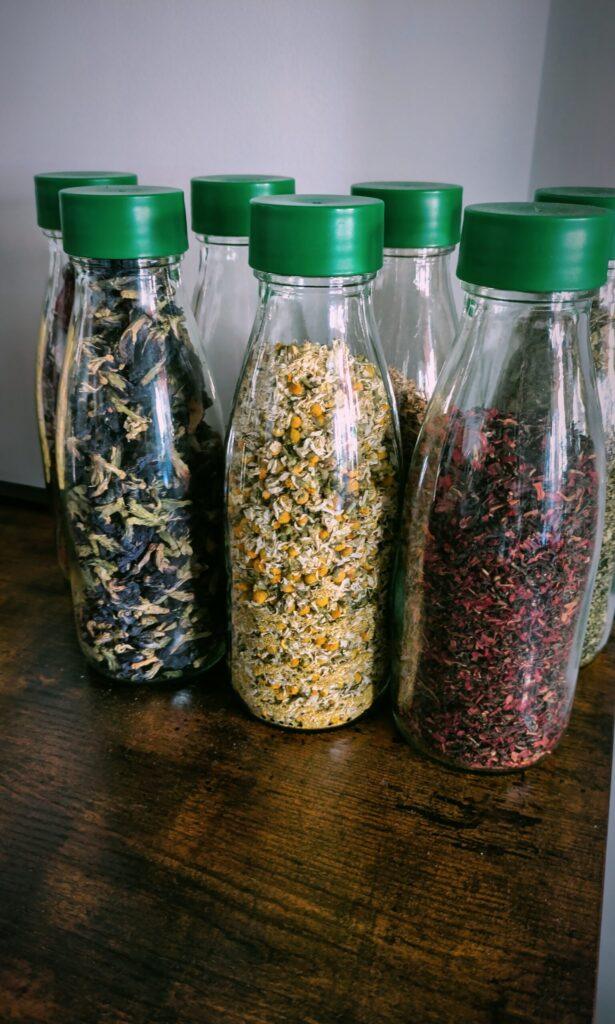
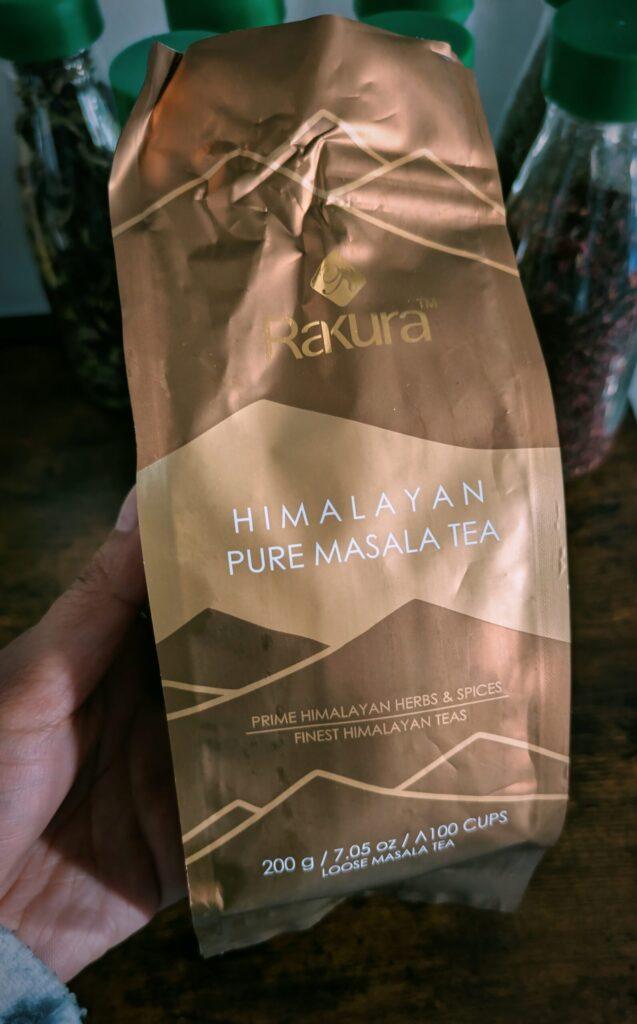
Here is how I make a nepali milk tea at home!
9. Hemp Products
Eco-friendly items made from hemp include backpacks, wallets, and bags. Durable, sustainable, and stylish, these goods are both functional and ethical.
Where to buy: Kathmandu and Pokhara markets, as well as artisan cooperatives.
Tip: Check stitching and fabric quality; authentic hemp products are naturally textured and sturdy.
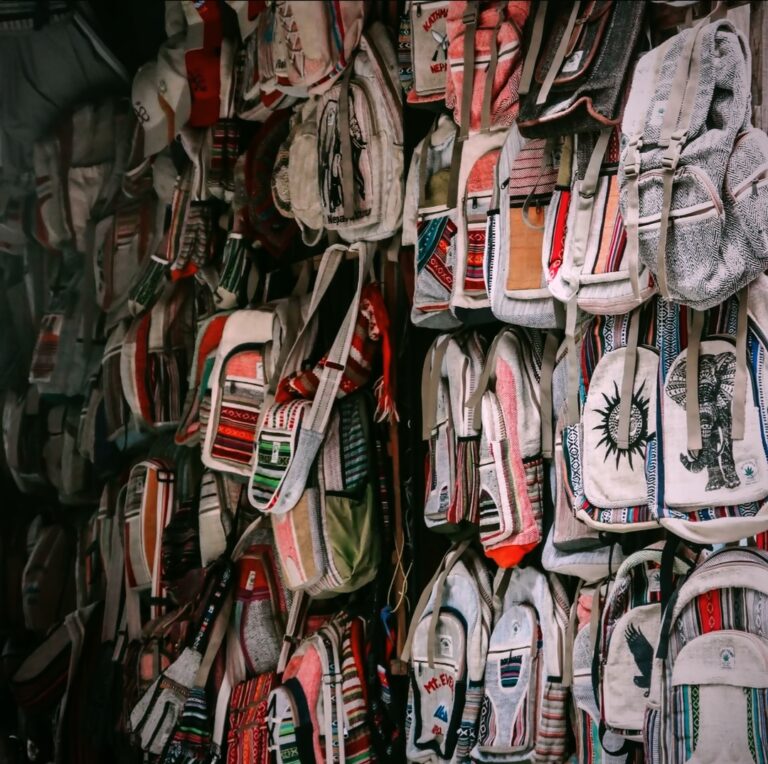
10. Lokta Paper Products
Lokta paper is crafted from the bark of the Daphne bush, a sustainable material native to Nepal. It’s turned into notebooks, gift wrap, lampshades, and journals.
Cultural significance: Handcrafted Lokta paper has been used for centuries for scriptures, legal documents, and art.
Tip: Each sheet has a unique texture and natural specks; this imperfection is part of its charm.

11. Traditional Masks
Vibrant wooden masks are used in rituals, dances, and festivals.
Decoration or ritual: They make bold, meaningful souvenirs and are rich in cultural symbolism.
Tip: Masks of deities or mythical creatures can be both educational and decorative for your home.

12. Woolen Goods and Yak Wool Blankets
Handmade sweaters, gloves, scarves, and blankets are perfect for cold climates.
Cultural note: Yak wool is soft, insulating, and traditionally used in mountainous regions of Nepal.
Tip: Buy from cooperative shops to support local herders.


13. Statues of Deities
Bronze or brass statues of Buddha, Shiva, Ganesh, or other Hindu and Buddhist figures are meaningful and decorative souvenirs.
Where to display: Homes, meditation corners, or altars.
Tip: Look for artisan stamps to ensure authentic craftsmanship.
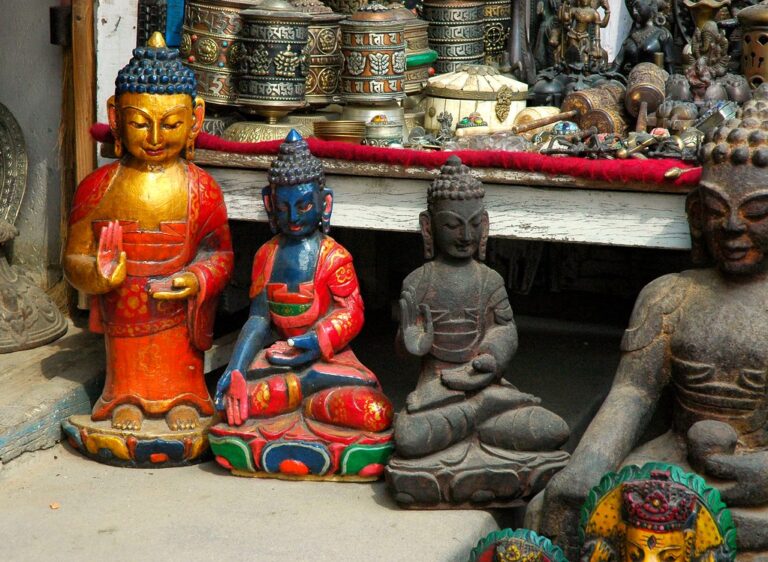
14. Nepalese Spices and Herbs
Take home the aroma of Nepal with turmeric, chili, cumin, Himalayan pink salt, and spice blends.
Culinary connection: These spices give Nepali dishes their signature flavors.
Tip: Buy sealed packets from reputable stores to maintain freshness, especially for trekking souvenirs.
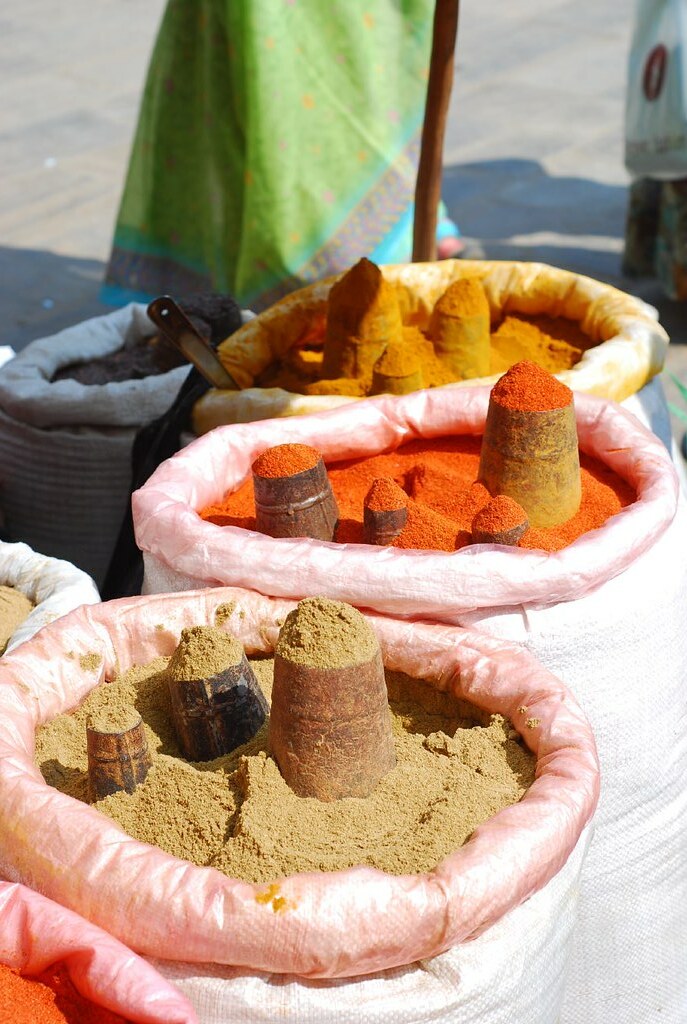
15. Handwoven Dhaka Fabric
Colorful fabric used in traditional clothing, scarves, or custom apparel.
Cultural significance: Dhaka fabric is an essential part of Nepali identity, often used in men’s topis (hats) and women’s traditional attire.
Tip: Look for bright, authentic patterns; many shops can custom-make scarves, bags, or pyjama sets.
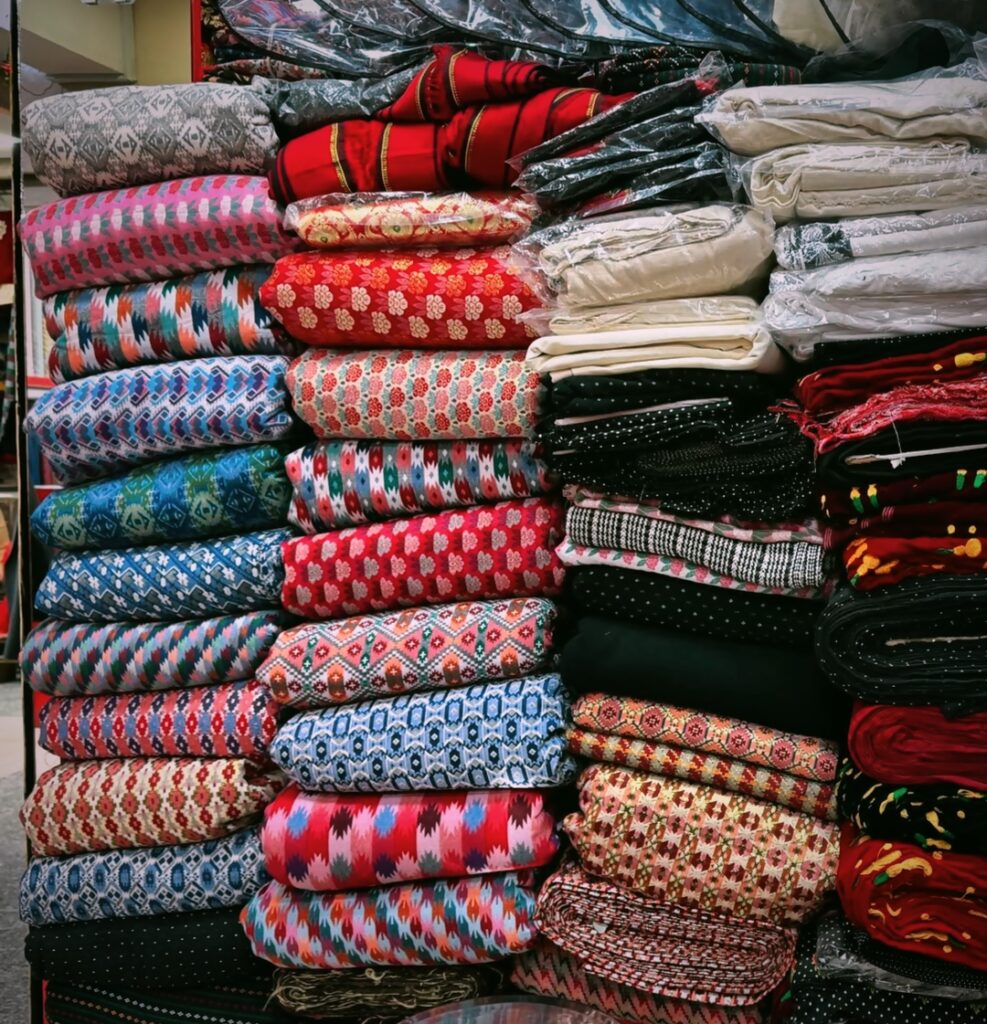

Where to Buy Souvenirs in Nepal
Thamel, Kathmandu – A bustling tourist hub packed with shops and street vendors.
Patan and Bhaktapur – For authentic art, thangka paintings, and handicrafts.
Pokhara Lakeside – A scenic place for local products and artisanal goods, with a view of the mountains.
Tips for Buying Souvenirs in Nepal
Bargain respectfully – Most markets expect some haggling, but maintain politeness.
Check for authenticity – Especially for pashmina, thangka, and gemstones.
Support local artisans – Cooperatives ensure your money benefits communities directly.
Consider size and transport – Some handicrafts are fragile, so pack carefully.
Final Thoughts
Buying souvenirs in Nepal is more than just shopping — it’s a way to support local communities and bring a piece of the Himalayas home with you. Each item reflects centuries of cultural heritage, artistic mastery, and spiritual significance.
From pashmina shawls to vibrant prayer flags, herbs and spices to handmade jewelry, these treasures are not only memorable but also stories waiting to be shared with friends and family.
If you’re planning a trip to Nepal, take the time to explore local markets, interact with artisans, and learn the history behind each item. Your souvenirs won’t just be objects — they’ll be reminders of an unforgettable journey through mountains, temples, and culture.
💬 Which Nepali souvenirs are your favorites?
Have you picked up any of these treasures on your travels? Or is there a local gem we missed? Share your stories and recommendations in the comments below — your tips might just help the next traveler find a perfect keepsake!
